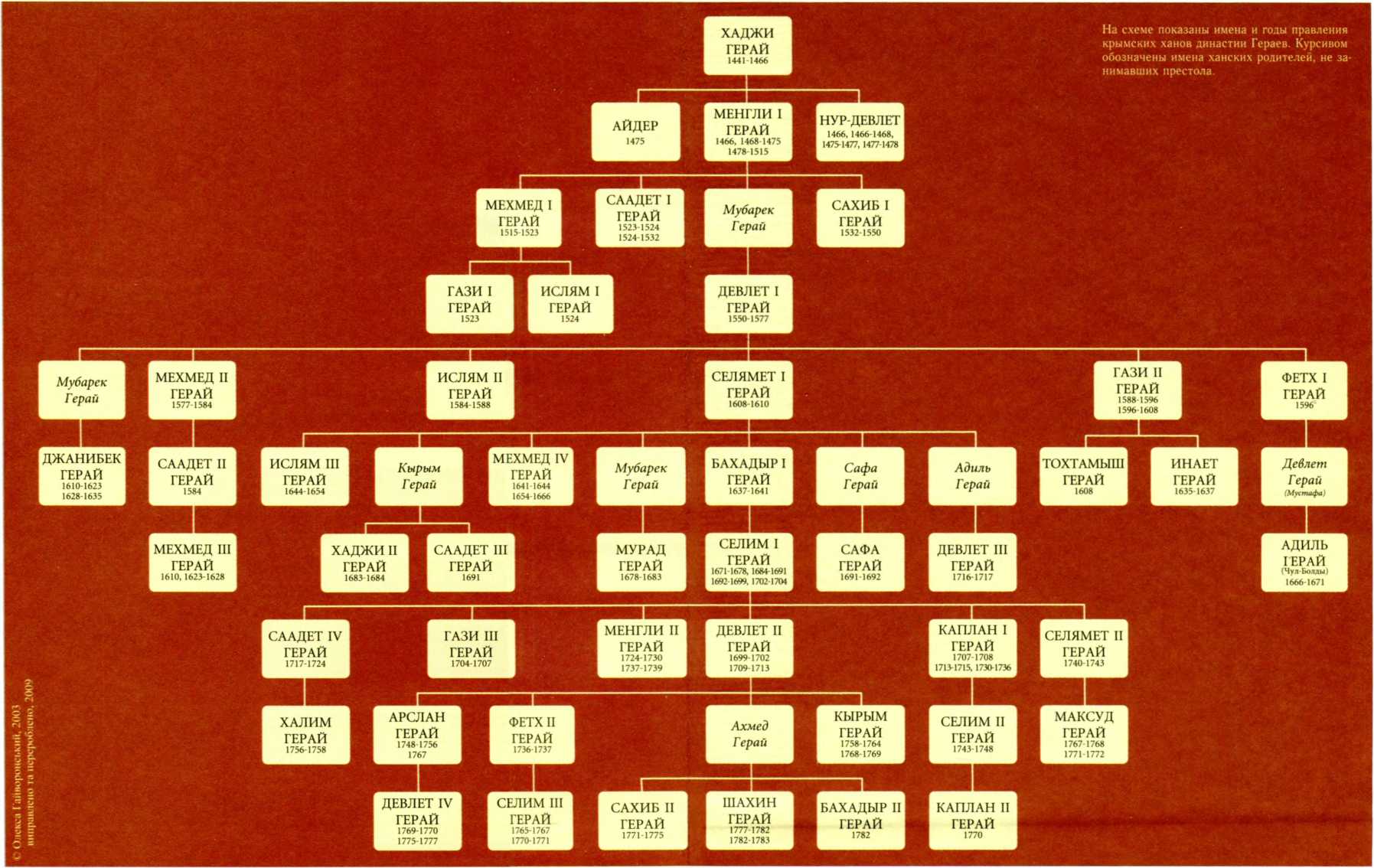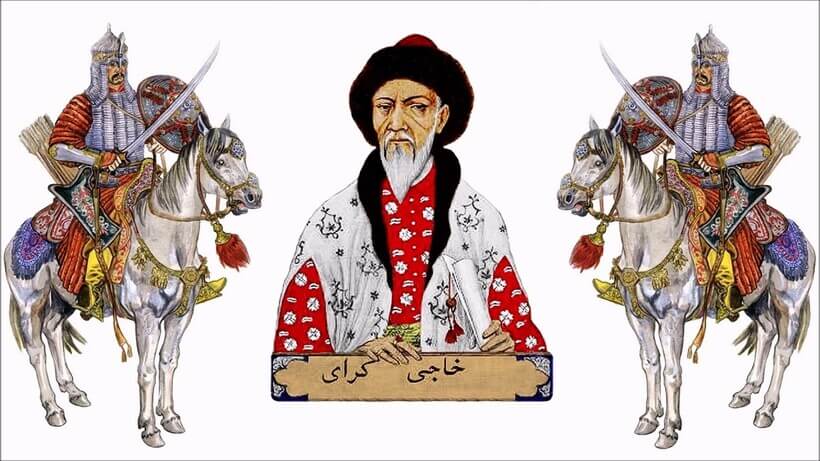Genetic origins of Crimean Tatar Nation

The founder of the Crimean Khanate in 1441, Melek Hacı Geray, was born in 1397 within the borders of Lithuania. His parents, political emigrants seeking refuge in Lithuania, had fled the turbulent feuds of the Golden Horde. Thus, a direct descendant of Genghis Khan found himself in the heart of Europe. Growing up amidst the cultural tapestry of Lithuania, Hadji Giray received a well-rounded education by the standards of his time.
When Crimean Tatars sought of a leader for their future nascent Khanate, they turned to Hadji Giray. His dual identity as a leader and an heir to the Golden Horde made him the perfect candidate to assert their legitimate rights to the inheritance of the Golden Horde.
In 1441, Hacı I Giray, who was born in the Grand Duchy of Lithuania, assumed the mantle of leadership as the first Khan of the Crimean Khanate. He consolidated his authority through the establishment of a strategic military and political alliance with the Grand Duchy of Lithuania (his homeland, where he had received refuge and upbringing), the Kingdom of Poland (Lithuania’s ally), and the Genoese colonies in Crimea. This multi-vector diplomacy, which united Crimean Tatar, Lithuanian, Polish, and Italian interests, served as the cornerstone for the consolidation of Hacı Giray’s power and the defense of the young khanate against external threats.. The Moscovites paid tribute to the Crimean Khanate for a span of 300 years.
The basis of Khanate was an autochthonous nation – Crimean Tatars descendants of Scythians, Goths, Taurians, Greeks, Italians, Seljuks, Polovtsians, Pechenegs – about 28 peoples and ethnicities. Mongols who were in the administration quickly assimilated into the people of Crimean Tatars.
Every Crimean Tatar is a living historical document, reflecting the complex mosaic heritage of this region. Their blood carries traces of Scythians, Goths, Taurians, Greeks, Italians, Seljuks, Polovtsians, Pechenegs, and many other peoples and ethnic groups who have left their mark on this land. This unique cultural symbiosis not only makes Crimean Tatars the heirs of history but also the custodians of a multifaceted legacy they proudly pass down to future generations.
